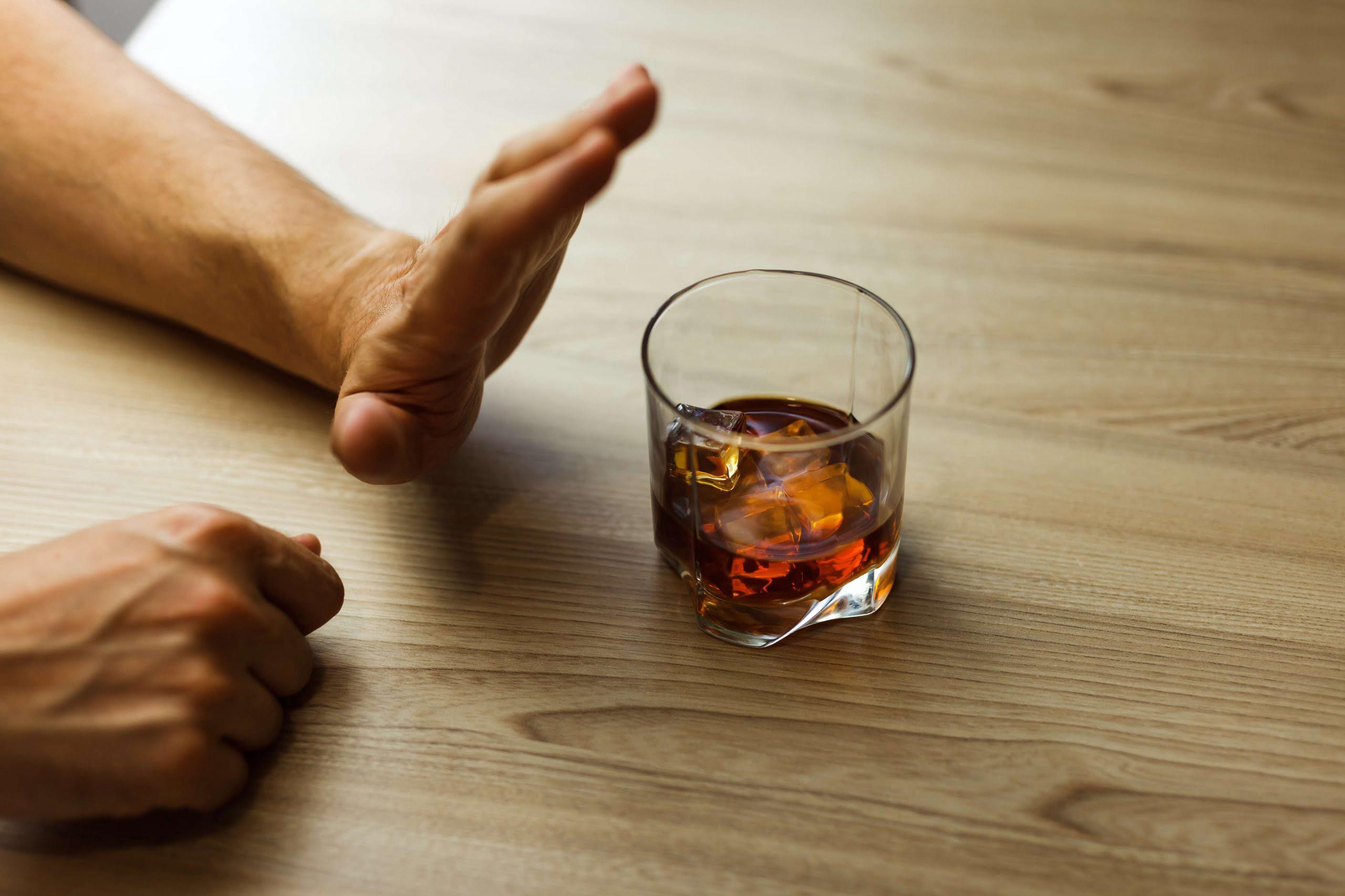Review the latest research on how common this mental health issue is, who’s at higher risk, and helpful strategies to help you worry less. A person with an anxiety disorder is two to three times more likely to develop an alcohol use disorder at some point in their life compared to someone who has never been diagnosed with anxiety. In addition, if you’re noticing your anxiety levels increasing after drinking, try cutting down on how much you drink. Plus, take note of how your mood is each day — if you’re feeling extra on edge already, try and go against the temptation of remedying that with alcohol. Let’s say you drink a beer and martini but you don’t drink any water in between. Alcohol is a diuretic, meaning it makes you lose water through peeing, so it’s very important to drink plenty of water as well when you’re drinking alcohol.
Comorbid AD and AUD Psychotherapeutic Interventions Considerations
- As is the case with many dual-diagnosis conditions, addiction to alcohol and anxiety commonly exist together within the same person.
- The disorder can become more severe if alcohol dependence or alcohol use disorder (AUD) is present.
- For those who have an alcohol use disorder, it’s a symptom of alcohol withdrawal syndrome.
- About 3.1% of the U.S. population is affected by generalized anxiety disorder, according to the Anxiety & Depression Association of America.
It is possible, however, that some of these studies might have excluded subjects with more severe anxiety or depressive disorders from the original samples, and consequently more work in this area is required (Kushner 1996). As recently reviewed in the literature, some interesting data also support a possible relationship between longstanding anxiety or depressive disorders and alcoholism (Kushner et al. 1990; Kushner 1996). The most consistent results relate to manic episodes, wherein manic-depressive patients show a small but significant increased risk for alcoholism (Winokur et al. 1993). Other data also suggest a greater-than-chance association between panic disorder (and perhaps social phobia) and alcoholism (Cowley 1992; Cox et al. 1990; Kushner 1996). Patients with alcohol-use disorders (AUDs) have a high prevalence of anxiety disorders (AnxDs). “Co-occurring disorders” refers to the coexistence of an AUD and/or drug related disorders with another non-addictive psychiatric disorder.
Anxiety disorder diagnoses
Another level of complexity is introduced by the panel structure, which makes it possible to investigate causal relationships inside and between individual entities and throughout the panel. The Granger causality test is used in panel data settings to determine if the Oxford House lagged values of one variable reveal meaningful information about another variable for the whole panel. This method considers the dynamic interactions between entities and offers insights into the panel’s aggregate causal relationships across time.
Alcohol Use Disorder and Depressive Disorders

They might also consume alcohol at the gathering to feel more relaxed or less inhibited around others. One theory of why this happens is called the “tension reduction hypothesis.” This theory suggests that alcohol is used as a self-medicating method to reduce stress and anxiety. Drinking can also cause hangovers, which usually consist of symptoms like nausea, does alcohol give you anxiety dizziness and headaches. In support of improving patient care, CME/CE activities offered have been planned and implemented by the Postgraduate Institute for Medicine and NIAAA. To earn AMA, AAPA, ANCC, ACPE, or ABIM MOC credit, review this article, then use the link below to log into or create a CME University account.
How Does Alcohol Affect Anxiety?
Most patients notice a reduction in anxiety within 2 to 4 weeks, with continued improvement over time. When most people picture alcohol addiction, they imagine someone whose life has fallen apart. Mindfulness practices and stress reduction techniques can help you manage anxiety without relying on alcohol.
Sleep disruption

Fortunately, several evidence-based strategies are available for treating anxiety and AUDs, including both pharmacotherapy and psychotherapy approaches. Administration of these methods for comorbid individuals is complex and may require modification of standard procedures to yield the greatest efficacy. It also is notable that the optimal sequence and timing of treatments remain undetermined even after decades of scientific inquiry. In light of the current evidence, the most practical approach to combining treatments is to weigh the benefits and drawbacks of each method and apply them judiciously.

For this reason, chronic alcohol use and anxiety are heavily intertwined and should be treated simultaneously. While dopamine increases immediately after drinking alcohol and temporarily makes you feel good, when the inebriation has faded, whatever symptoms that were being avoided rebound. Any anxiety disorder can be dangerous, but some have become more notorious than those listed above. Both Obsessive-Compulsive Disorder (OCD) and Post-Traumatic Stress Disorder (PTSD) are sometimes considered anxiety disorders. Phobias, while they can be connected to and trigger any of the disorders above, can also be their own independent disorder. Early diagnosis and treatment are critical in preventing the condition from worsening.
- Several proposed explanations exist for the link, including genetics, a person’s environment, and the brain mechanisms related to addiction and anxiety symptoms.
- Rather than two distinct conditions, each requiring a cause, negative affect and alcohol misuse may be parts of a single, neurobiological-behavioral syndrome.
- Each person has unique factors that determine which medicines will benefit them the most.
- However, the analysis also showed virtually no relationship between risk for alcohol dependence and the unique components of those diagnoses.
This imbalance becomes problematic when the person stops drinking, as the brain struggles https://mockexams.live/vacationing-sober-while-in-recovery-high-focus/ to regain balance without the presence of alcohol. This may result in increased anxiety, agitation, and other undesirable mental health outcomes. Some may experience an onset of anxiety attacks shortly after consuming alcohol, while others may notice a sudden escalation of existing anxiety symptoms.
Treatment options for alcohol use disorder
However, even within these countries, disparities in healthcare accessibility and affordability can create unequal outcomes. S4 Appendix shows the fifty-two high-income countries analysis for anxiety prevalence and wine consumption from Panel Granger causality under a continental analysis. S5 Appendix presents the fifty-two high-income countries analysis for anxiety prevalence and beer consumption from Panel Granger causality under a continental analysis. S6 Appendix observes the fifty-two high-income countries analysis for anxiety prevalence and spirit consumption from Panel Granger causality under a continental analysis. These Granger causality test results reveals that there are diverse patterns in the causal relationship between anxiety and the consumption of wine, beer, and spirits varies throughout African, Asian, European, North American, Oceanian, and South American continents. Andorra, Croatia, Germany, Italy, Norway, Slovakia, and Slovenia display bidirectional causality.